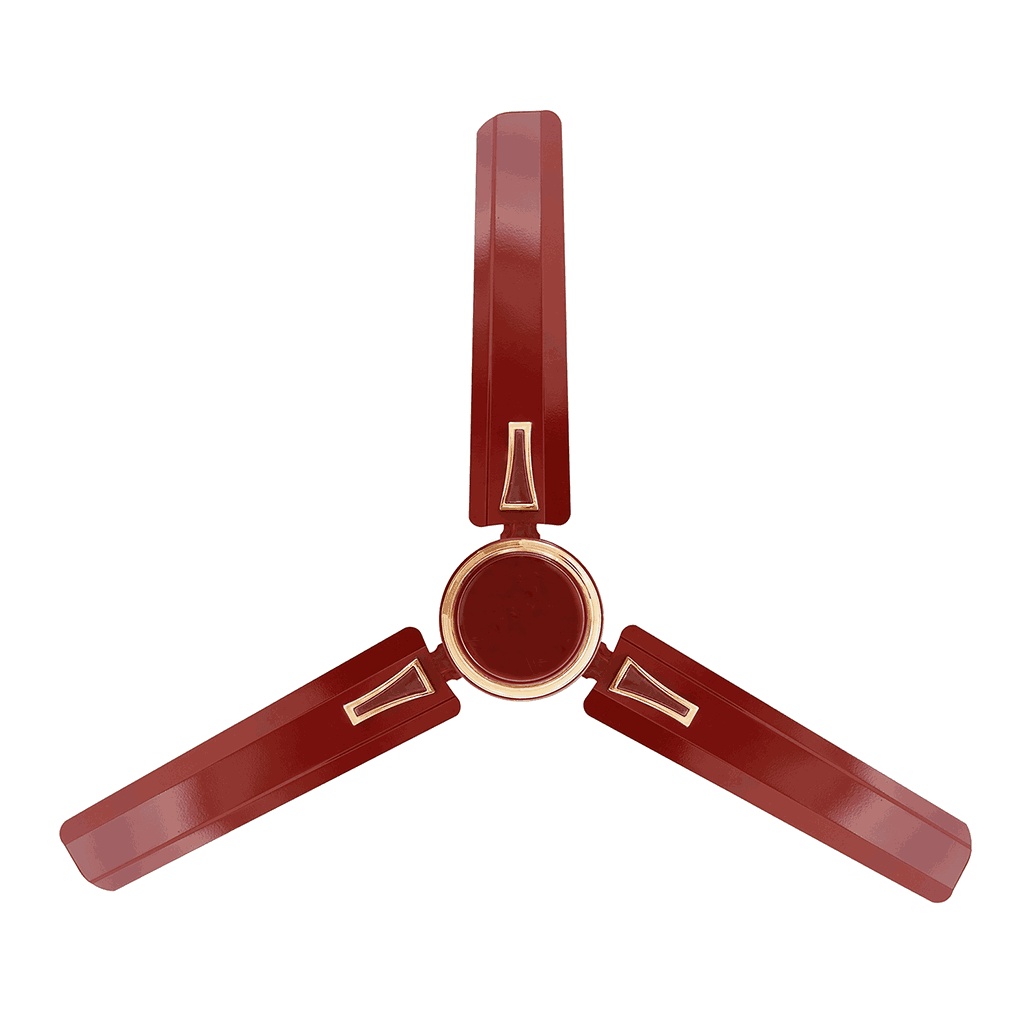Hanging a ceiling fan can be one of the best home improvement projects to increase air circulation, improve energy efficiency, and enhance the aesthetic appeal of a room. Whether you’re replacing an old fixture or installing a new one, understanding how to safely and properly hang a ceiling fan is essential. This detailed guide will walk you through every step of the How to Hang a Ceiling Fan, ensuring you complete the job with confidence and safety.
Why Install a Ceiling Fan?
Before diving into the steps, let’s briefly discuss the benefits of hanging a ceiling fan:
- Improved Air Circulation: Helps maintain a comfortable room temperature.
- Energy Efficiency: Reduces the need for air conditioning in summer and helps circulate warm air in winter.
- Style Upgrade: Modern ceiling fans come in various designs, complementing any interior décor.
- Lighting Option: Many fans come with integrated light fixtures, offering dual functionality.
Tools and Materials Needed
Before you begin, gather the following tools and materials:
Tools:
- Ladder or step stool
- Voltage tester or multimeter
- Screwdrivers (Phillips and flathead)
- Wire stripper and cutter
- Electrical tape
- Adjustable wrench
- Power drill (optional for making holes)
- Safety goggles
Materials:
- Ceiling fan kit (motor, blades, mounting bracket, downrod, etc.)
- Ceiling fan-rated electrical box
- Wire nuts and connectors
- Light kit (if included)
- Mounting screws (usually included in the fan kit)
Step 1: Turn Off the Power
Safety first!
Before you begin any electrical work:
- Locate the circuit breaker that controls the power to the ceiling fixture.
- Turn off the power supply.
- Use a voltage tester to ensure there’s no electrical current flowing to the existing fixture.
Working with live electricity can be extremely dangerous, so double-check that the power is off.
Step 2: Remove the Existing Fixture (If Any)
If you’re replacing an existing ceiling light or fan:
- Remove Light Cover & Bulbs: Unscrew and take down the light fixture cover and bulbs.
- Disconnect Wires: Carefully remove wire nuts and disconnect the fixture wires.
- Take Down the Fixture: Unscrew the fixture base from the electrical box.
Important Note:
Inspect the existing electrical box. Regular ceiling boxes designed for light fixtures are not rated to support the weight and motion of a ceiling fan.
Step 3: Install a Fan-Rated Ceiling Box (If Needed)
If your existing ceiling box isn’t fan-rated, replace it with one designed to handle the fan’s weight and vibration.
Steps:
- Remove the old box.
- Install a fan-rated ceiling box using:
- A ceiling joist
- A ceiling brace kit (spanning two joists for extra support)
The new box should state “Approved for Ceiling Fan Support.”
Step 4: Assemble the Ceiling Fan (Preliminary Assembly)
Before you hang the ceiling fan, it’s easier to assemble certain components on the ground.
Typical Assembly Tasks:
- Attach the downrod (if using one): Thread the wires from the fan motor through the downrod.
- Assemble the motor housing: Depending on the model, this may require attaching a canopy.
- Prepare the blades: For most models, it’s better to attach blades after hanging the fan to reduce strain on the ceiling box.
Tip: Follow the manufacturer’s instructions closely, as designs can vary between brands.
Step 5: Mount the Ceiling Bracket
The ceiling bracket (or mounting bracket) is the component that will secure the fan to the ceiling box.
- Position the bracket over the ceiling box.
- Use the supplied screws to attach the bracket firmly.
- Ensure the bracket is level and secure. The bracket should not wiggle or feel loose.
Safety Check:
Make sure all screws are tight. A loose bracket can cause fan wobbling and potential safety hazards later.
Step 6: Lift and Hang the Fan
With the help of a friend (especially for heavier fans):
- Lift the Fan Motor Assembly: Carefully raise the fan toward the ceiling.
- Hang Temporarily: Many ceiling brackets include a hook or slot where you can hang the fan temporarily while connecting wires.
This temporary hanging feature gives you free hands to complete the wiring safely.
Step 7: Wiring the Ceiling Fan
Now, it’s time to wire the fan. Wiring configurations can vary slightly depending on the fan model and whether it includes a light kit.
Typical Ceiling Fan Wiring Color Codes:
| Wire Color | Function |
|---|---|
| Black | Fan motor power (hot) |
| Blue | Light kit power (hot, if applicable) |
| White | Neutral |
| Green or Bare Copper | Ground |
Wiring Steps:
- Connect Ground Wires:
- Twist together the ground wires (green/bare copper from fan and ceiling box).
- Secure with a wire nut.
- Connect Neutral Wires:
- White wire from fan → White wire from ceiling box.
- Connect Hot Wires:
- Black wire (fan motor) → Black or red wire from ceiling box.
- Blue wire (light kit) → Separate hot wire (if you want separate control for light and fan).
- Secure Connections:
- Use wire nuts and electrical tape.
- Gently push wires back into the ceiling box.
Important:
If you’re unsure about the wiring, consult a licensed electrician.
Step 8: Attach the Fan Motor to the Ceiling Bracket
After wiring:
- Lift the fan and align it with the mounting bracket.
- Follow the manufacturer’s instructions to secure the fan in place.
- Typically, this involves sliding the downrod into the bracket collar and tightening set screws or bolts.
Double-check:
Ensure that all connections are tight and the fan motor is stable.
Step 9: Install the Fan Blades
With the motor securely mounted:
- Attach Blade Arms: Connect the blade arms (brackets) to each fan blade using the provided screws.
- Secure the Blades: Fasten each blade arm to the motor housing.
- Tighten Screws: Make sure all screws are snug to prevent wobbling.
Pro Tip:
If your fan wobbles after installation, you may need to balance the blades using a blade balancing kit (often included with the fan).
Step 10: Install the Light Kit (If Included)
If your ceiling fan comes with a light fixture:
- Connect the light kit wiring to the corresponding fan wires (typically black/blue for hot and white for neutral).
- Attach the light kit to the fan motor housing according to the manufacturer’s instructions.
- Install bulbs and the light cover or diffuser.
Step 11: Secure the Fan Canopy and Decorative Covers
- Slide the fan canopy up to cover the ceiling bracket.
- Secure it with the screws provided.
- Install any additional decorative elements that came with the fan.
Step 12: Test Your Ceiling Fan
Now comes the exciting part—testing your work!
- Turn the power back on at the circuit breaker.
- Test the fan at different speed settings.
- Check the light function (if applicable).
- Confirm that the fan rotates smoothly without wobbling or unusual noise.
Direction Check:
- Summer Mode: Blades should spin counterclockwise for a cooling breeze.
- Winter Mode: Blades should spin clockwise to push warm air down.
Most fans have a small switch on the motor housing to change the rotation direction.
Step 13: Final Safety and Maintenance Tips
- Check Screws Periodically: Tighten loose screws after the first few weeks of operation.
- Clean Regularly: Dust can accumulate on blades and affect performance.
- Balance Blades: If you notice wobbling, use a balancing kit.
- Seasonal Adjustment: Reverse blade direction in winter for better energy efficiency.
Troubleshooting Common Ceiling Fan Installation Problems
| Problem | Likely Cause | Solution |
|---|---|---|
| Fan wobbles | Loose blades or screws | Tighten all screws and balance blades |
| No power | Wiring issue, tripped breaker | Check wiring, test with voltage meter |
| Light not working | Incorrect wiring | Review wiring instructions |
| Humming sound | Loose screws, motor issue | Tighten screws, check fan compatibility |
Conclusion
Hanging a ceiling fan is a moderately easy DIY project that can enhance your home’s comfort and style. By following the above steps carefully and safely, you can successfully install a ceiling fan and enjoy its benefits year-round.
If at any point you feel unsure—especially about electrical wiring—don’t hesitate to consult a licensed electrician. Your safety is always the top priority.
Once complete, sit back, relax, and enjoy the refreshing breeze from your newly installed ceiling fan!



